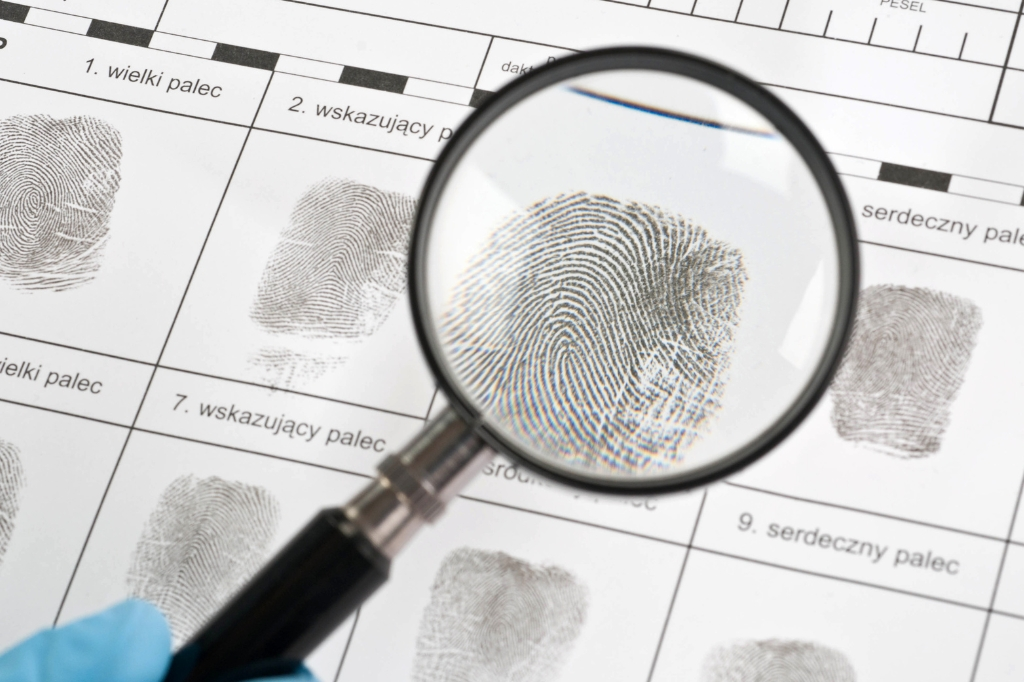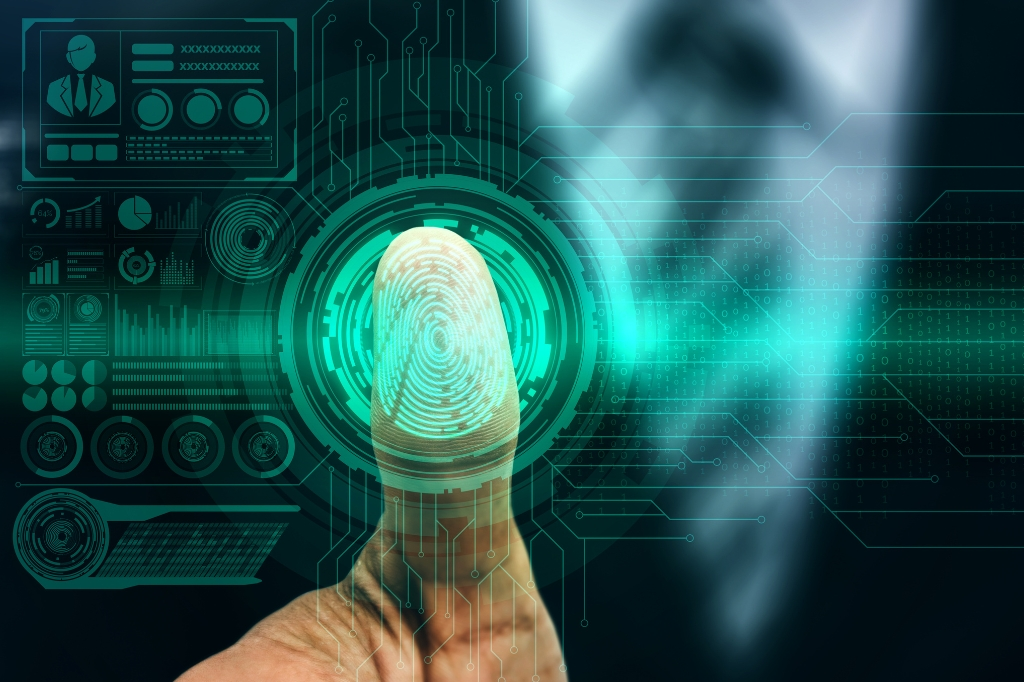Digital fingerprinting is a fast, accurate, and reliable way to capture and transmit fingerprints electronically. It is becoming increasingly popular in Canada, as it is required for many government and private sector applications. This article will provide you with everything you need to know about digital fingerprinting in Canada, including what it is, how it works, the benefits of digital fingerprinting, and where to get your fingerprints taken.
What is Digital Fingerprinting?
Digital fingerprinting, often referred to as "online fingerprinting" or "cyber fingerprinting," is a technology used to uniquely identify digital data or devices in the vast realm of the internet. It involves the creation of a unique digital signature or "fingerprint" for each piece of digital content or device, allowing for easy tracking and authentication. This technology has wide-ranging applications in various sectors, from cybersecurity to law enforcement, and is increasingly important in the digital landscape of Canada.
The Significance of Digital Fingerprinting in Canada
1. Cybersecurity:
In Canada, as in other countries, cybersecurity is a top priority. Digital fingerprinting plays a crucial role in identifying malicious software and potential threats by analyzing and matching digital fingerprints. This helps protect sensitive data, critical infrastructure, and national security.
2. Intellectual Property Rights:
Digital fingerprinting is instrumental in safeguarding intellectual property rights. Content creators and copyright owners can use digital fingerprints to track and prevent unauthorized distribution of their digital assets, such as movies, music, and written works.
3. Law Enforcement:
In the realm of law enforcement, digital fingerprinting is indispensable for digital forensics. Investigators use it to trace the origins of cybercrimes, gather evidence, and identify criminals operating online. Canada relies on this technology to combat cybercrime effectively.
4. E-Commerce and Financial Services:
The e-commerce and financial sectors in Canada heavily rely on digital fingerprinting to enhance security. It ensures that transactions are legitimate, and personal financial information remains confidential, protecting consumers from fraud and identity theft.
5. Identity Verification:
Digital fingerprinting is utilized in identity verification for various online services, including government portals, healthcare platforms, and educational institutions. This technology ensures that individuals are who they claim to be, bolstering the integrity of online services.
Cost of Digital Fingerprinting in Canada
The cost of digital fingerprinting in Canada varies depending on the service provider and the type of service you require.
Applications of Digital Fingerprinting in Canada
1. Cybersecurity and Threat Detection:
Canada's critical infrastructure, including energy grids and transportation systems, faces constant cyber threats. Digital fingerprinting helps detect and mitigate these threats, ensuring the resilience of essential services.
2. Copyright Protection and Content Monitoring:
Canada's creative industries, such as film, music, and publishing, rely on digital fingerprinting to protect their content from piracy and unauthorized distribution. Services like YouTube use this technology to identify and manage copyrighted material.
3. Criminal Investigations and Law Enforcement:
Canadian law enforcement agencies use digital fingerprinting to investigate cybercrimes, including hacking, online fraud, and identity theft. It assists in tracking down criminals and gathering digital evidence.
4. Financial Security and Fraud Prevention:
Digital fingerprinting is integral to secure online banking and financial transactions. It verifies the authenticity of users and protects financial institutions and their customers from fraud.
5. Government and Public Services:
Government agencies in Canada employ digital fingerprinting to ensure secure access to online services, ranging from tax filing to healthcare records. This safeguards sensitive citizen data.
What to Expect When Getting Your Fingerprints Taken Digitally
When you get your fingerprints taken digitally, you can expect the following:
- You will be asked to provide identification.
- You will need to wash your hands before your fingerprints are taken.
- You will place your fingers on the digital fingerprint scanner one at a time.
- The scanner will take a high-resolution image of each fingerprint.
- The images will be converted into digital data, which will be stored or transmitted electronically.
Implications for Privacy and Security
While digital fingerprinting offers numerous benefits in terms of security and protection, it also raises important concerns related to privacy and potential misuse of data. Here are some key implications:
1. Data Privacy:
Digital fingerprinting often involves the collection of personal data for identification purposes. The storage and potential sharing of this data raise privacy concerns, requiring strict data protection measures.
2. Surveillance and Tracking:
The use of digital fingerprints for tracking and monitoring online activities can be seen as invasive. Striking a balance between security and privacy is crucial.
3. Potential for Abuse:
As with any technology, there is the potential for misuse. Unauthorized surveillance, profiling, and discrimination are risks associated with digital fingerprinting.
4. Regulatory Framework:
To address these concerns, Canada has implemented regulations such as the Personal Information Protection and Electronic Documents Act (PIPEDA) to govern the collection and use of personal information.
5. Ethical Considerations:
Organizations and government agencies must adhere to ethical principles when utilizing digital fingerprinting technology to ensure it is used responsibly and for legitimate purposes.
Conclusion
Digital fingerprinting has emerged as a vital technology in Canada's digital landscape, offering numerous benefits in terms of security, copyright protection, and law enforcement. It plays a pivotal role in safeguarding sensitive data and identifying cyber threats, making it an indispensable tool for various sectors, including cybersecurity, law enforcement, and e-commerce.
However, the use of digital fingerprinting also raises important privacy and ethical considerations. Striking a balance between security and individual privacy is paramount, requiring robust regulatory frameworks and ethical practices. As technology continues to evolve, it is essential for Canada to adapt and ensure that digital fingerprinting serves as a force for good while respecting the rights and privacy of its citizens.
Digital fingerprinting, a technology that uniquely identifies digital data and devices, holds immense significance in Canada's digital landscape. Its applications span across cybersecurity, intellectual property protection, law enforcement, e-commerce, and identity verification, contributing to enhanced security and protection in these domains.
Nevertheless, the use of digital fingerprinting must be accompanied by responsible data handling, privacy protection, and ethical considerations. Striking a balance between the benefits of this technology and the preservation of individual privacy is essential in a digital age characterized by increasing online activities and interconnectedness. As Canada continues to navigate the complexities of the digital world, digital fingerprinting will remain a crucial tool in ensuring the safety and security of its citizens and digital assets.






